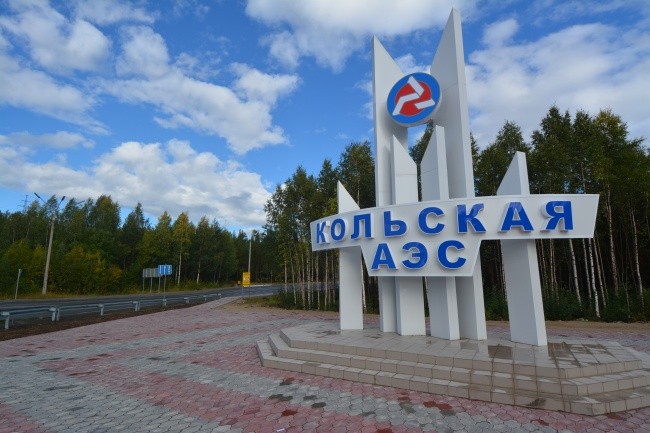
From Ukraine peace plans to Kazakh uranium—all that and more in our new nuclear digest
Our November Nuclear Digest by Bellona’s Environmental Transparency Center is out now. Here’s a quick taste of just three nuclear issues arising in U...
News

Publish date: August 29, 2018
News
The first unit at the Kola Nuclear Power plant near Murmansk has received the nod from Russian regulators to operate until 2033, making it one of the longest running reactors in the world and raising the worries of environmentalists.
Currently, the longest serving reactor ever is located in the United States, at the Oyster Creek Nuclear Power Plant in New Jersey, which started operations in 1969, which like it’s cousin on the Kola Peninsula, is operating on an engineered lifespan extension until 2018.
The first unit at the Kola Plant is slightly younger, having started operations in 1973. But unlike the Oyster Creek reactor, Kola No 1 is hobbling along on not one, but two lifespan extensions – which Nils Bøhmer, Bellona’s general manager says is cause for concern
Given the unit’s age, he says, “It will never be possible for this reactor to meet today’s requirements and safety standards.”
In the shadow of the Fukushima disaster in 2011, which resulted in a triple reactor meltdown, worldwide nuclear building standards have tightened across the board in ways that have left the Kola Nuclear Power Plant’s first reactor behind.
More and more, granting lifespan extensions on older reactors has become general practice in countries running nuclear power plants.
In Russia, however, the practice is often a way of postponing decommissioning efforts that Moscow can’t afford. At the Kola plant in particular, which is only 100 kilometers from the Finnish border, the reactor prolongation is making Europe nervous.
That’s because an International Atomic Energy Agency report published after the fall of the Soviet Union identifies dozens of safety concerns not just at the Kola plant, but numerous other Soviet designed reactors operating throughout the former eastern block.
Norway, in its time, has provided money and technical assistant to the plant, but that assistance has had to tread a fine line between staving off disaster, while also assuring that such aid would not assist in prolonging the reactor’s life-expectancy beyond its original shutdown dates in the early 2000s.
But that time has come and gone, and all the while, Russian officials have campaigned to grant all four of the Kola Nuclear Power Plant’s VVER-400 reactors lifespan extensions.
In 2016, Vasily Omelchuk told a technical conference that he would like to see all of the plants reactors receive government permits to run for 60 years.
His wish has now been granted with the number one reactor, as Rosenrgoatom, Russia’s nuclear utility, has confirmed. It remains to be seen if the other three reactors get such a new lease on life.
If they do, it would mean that reactor No 2 would run until 2034 instead of 2019; reactor No 3 would run until 2041 instead of 2036, and reactor No 4.
These reactors began operation in 1974, 1981 and 1984, respectively.

Our November Nuclear Digest by Bellona’s Environmental Transparency Center is out now. Here’s a quick taste of just three nuclear issues arising in U...

For three years now, Bellona has continued its work in exile from Vilnius, sustaining and expanding its analysis despite war, repression, and the collapse of international cooperation with Russia in the environmental and nuclear fields

The Board of the Bellona Foundation has appointed former Minister of Climate and the Environment Sveinung Rotevatn as Managing Director of Bellona No...

Økokrim, Norway’s authority for investigating and prosecuting economic and environmental crime, has imposed a record fine on Equinor following a comp...